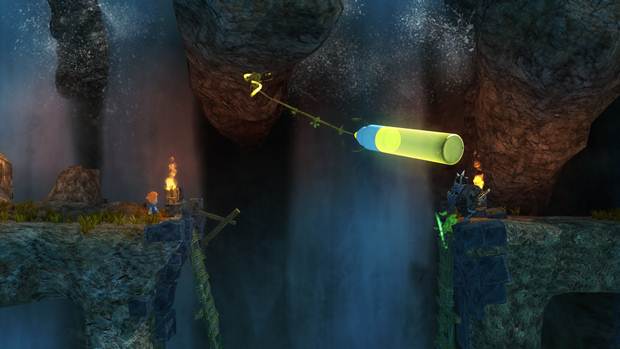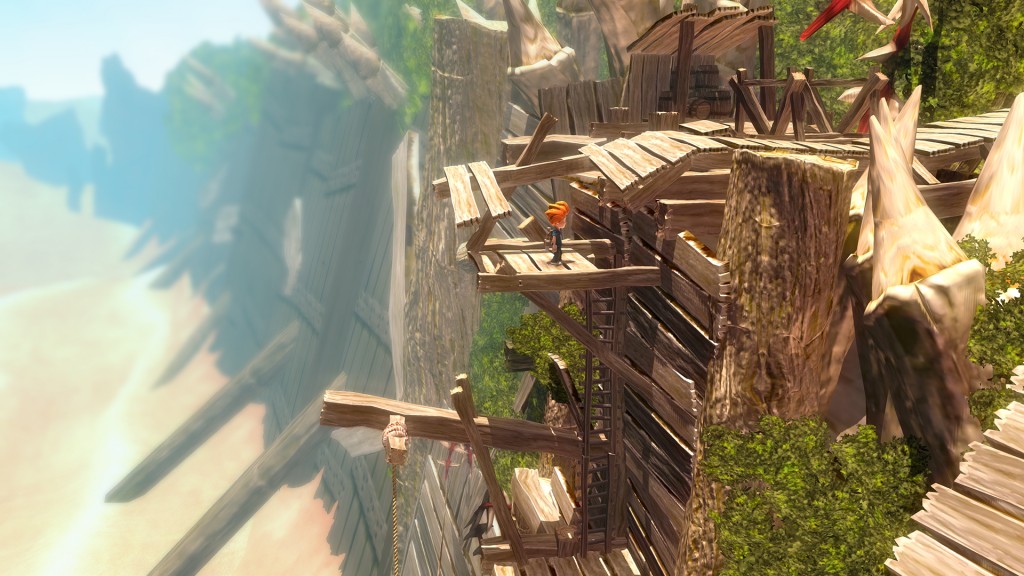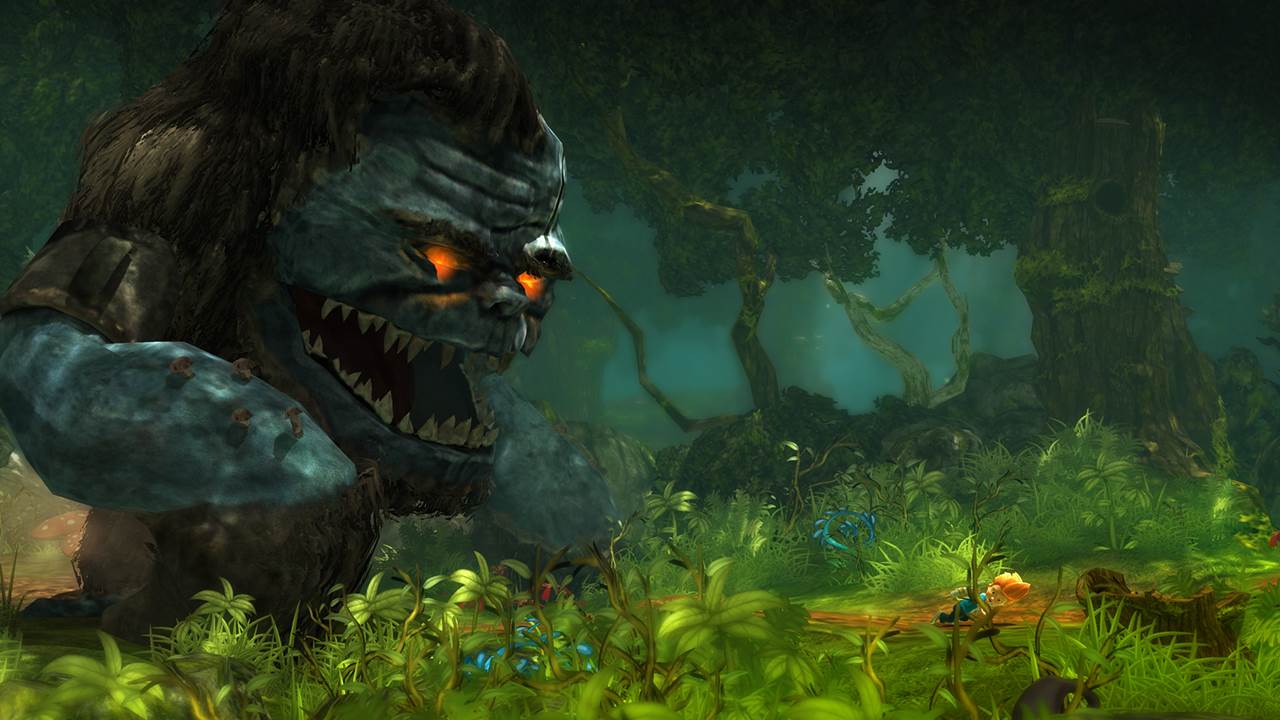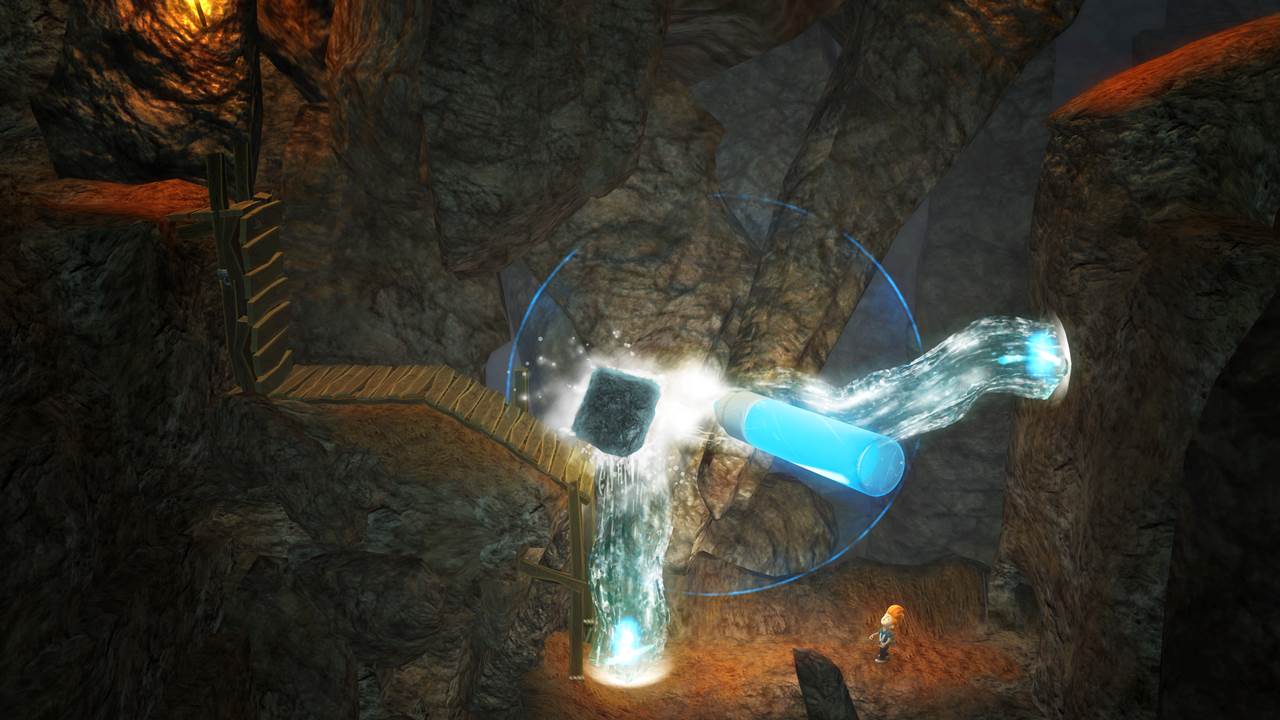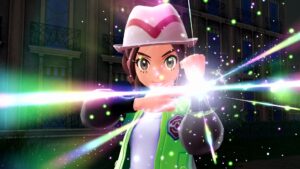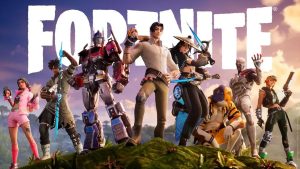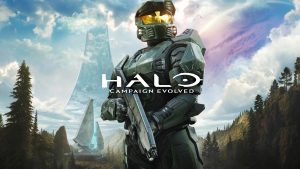
Max: The Curse of Brotherhood isn’t one of those Xbox One titles that’s been heavily touted since its initial reveal at E3 2013. This, despite the fact that it will exclusive to Xbox platforms for the forseeable future (which is a long, long while at this point). That being, its developer Press Play has quite a bit of information on their relationship with Microsoft, the publisher’s current indie policy, developing for the Xbox One.
GamingBolt got in touch with studio director Mikkel Thorsted to gather more information on Max: The Curse of Brotherhood.
"Boiled down to a handy catchphrase, we like to refer to Max internally as a "cinematic puzzle platformer" - a puzzle-game with light platforming and an emphasis on story."
Ravi Sinha: Max: The Curse of Brotherhood and Press Play kind of just materialized during Microsoft’s E3 2013 presser. What can you tell us about the studio and how you went about developing the concept for the game?
Mikkel Thorsted: Press Play is based in Copenhagen, Denmark. We are about 25 developers and in many ways we resemble a lot of indie studios, however we are a part of Microsoft Studios. Last Summer we were acquired by Microsoft under what they call a light touch acquisition meaning we have a lot of freedom in what games we want to make and how we run our studio.
The concept of the game is very much a product of working with ‘Max and the Magic Marker’ and wanting to do something more ambitious with the idea of Max and his Magic Marker.
Ravi Sinha: There’s not a whole lot we know about Max: The Curse of Brotherhood currently other than that it reimagines Max and the Magic Marker. Could you tell us about some of the mechanics of the game, which is a 2.5D side-scrolling platformer?
Mikkel Thorsted: Boiled down to a handy catchphrase, we like to refer to Max internally as a “cinematic puzzle platformer” – a puzzle-game with light platforming and an emphasis on story. You take on the role of Max, our titular character, and have to guide him through a hostile fantasy world to save your brother who have been taken by a giant monster. You have a powerful tool at your disposal though, a Magic Marker imbued with fantastic powers that lets you manipulate the environment in a variety of ways. To name some of them, you could grow a tree that you can climb, or pull long vines out of the ceiling to swing across a deep ravine, or maybe create a geyser that catapults a huge boulder at an incoming enemy.
Ravi Sinha: Max: The Curse of Brotherhood will also be releasing on the Xbox 360. Will there be any key differences, either visually or in terms of gameplay between the Xbox 360 and Xbox One versions?
Mikkel Thorsted: This summer we decided to bring Max to Xbox One. We went back and worked hard on enhancing everything in the game from controls and animations to graphics and performance. We even added some extra puzzles and did a lot of overall polishing. Basically we did what we could to take advantage of the extra horse powers we got with the upscaling of the project to Xbox One.
We are right now working on finishing the Xbox 360 version of Max, which will be released early 2014, and we want a lot of the improvements from the Xbox One to spill back into the 360. Xbox 360 is a very important platform for us and we want this version of Max to be as good as possible. So hopefully the two games will feel and play the same. But of course Max: The Curse of Brotherhood for Xbox One will benefit a lot from running in full HD and playing 60 fps.
"The scope of the new game is something in a completely different class from the old game, but at the core it remains a game about being Max and altering your environment with the Magic Marker."
Ravi Sinha: Max has been developed using Unity for the Xbox One and Xbox 360. What kind of support did it offer in terms developing the game this time around and did it provide any advantages to prior development processes?
Mikkel Thorsted: In general we use Unity for all our games and that comes with certain advantages like ease of use and fast prototyping, but also with a range of disadvantages. It would be fair to say Unity is not the most proven engine on consoles. However Unity is still our preferred choice.
Ravi Sinha: There’s a pretty clear design change in Max from the Magic Marker to the Curse of Brotherhood. Could you explain the process and the reasoning behind changing the look and tone of the game for Xbox platforms?
Mikkel Thorsted: That’s a good question, and one that’s directly tied with our decision to make this game a spiritual successor or reimagining rather than a direct sequel. The fact is that since we made the first Max game, we have grown as a company – both in terms of number of employees, and in terms of raw skill. We are simply capable of creating a much more ambitious title now than we were back then, and Max: TCoB is the result of that. We went with full 3D graphics over the hand-drawn 2D of the old game, and at the same time went for a much more ambitious game world, mechanics and story. The scope of the new game is something in a completely different class from the old game, but at the core it remains a game about being Max and altering your environment with the Magic Marker.
Ravi Sinha: Will Max be taking advantage of features such as Kinect or SmartGlass? Every game on the Xbox One seems to be implementing both features in some way or another. What are your thoughts on using either Kinect or SmartGlass to expand on the gameplay experience?
Mikkel Thorsted: We are not using either Kinect or SmartGlass to expand on the gameplay. We are really happy with the controller-only control scheme we have now. It is a control scheme we have worked hard on testing and tweaking to provide a smooth gameplay experience when controlling Max and the Marker. But who is to say what will happen in the future. In many ways we think that Kinect shows a lot of potential and it is something that could be interesting to look into.
"We’re proud of the relationship between Press Play and Microsoft. We have been able to maintain our independent culture, and are able to make our own product decisions, with the full support of Microsoft."
Ravi Sinha: How long does the single player campaign last?
Mikkel Thorsted: The game has twenty highly different levels both in terms of graphics and gameplay. We estimate that the average player will finish the game in six to eight hours. But as always, your mileage will vary depending on your skill and the amount of secrets and pickups you go for – a completionist will likely spend significantly longer in the game.
Ravi Sinha: Can you please tell us some of the special skills and moves that Max will have at his disposal this time around?
Mikkel Thorsted: (please see question 2)
Ravi Sinha: Crayon Physics played a big part in the first game. Now we know that is returning in Curse of Brotherhood, but how are you making it even better this time around?
Mikkel Thorsted: (Already answered in question 2)
Ravi Sinha: Does Max take advantage of Cloud computing to further improve the game or make changes after its release? Could you tell us a bit about how this process would work?
Mikkel Thorsted: Since everything wanted to do with Max could run on the hardware, we never looked into cloud computing.
Ravi Sinha: Furthermore Microsoft believes that using the cloud, Xbox One games can have even better graphics and physics. From a development perspective what are your thoughts on the same?
Mikkel Thorsted: I don’t know enough about it yet but is sounds like something that could be interesting.
Ravi Sinha: While the Magic Marker was released for PC and Mac, Max: The Curse of Brotherhood will be released exclusively for Xbox platforms. What kind of relationship does Press Play currently share with Microsoft? Is there a chance we could see Brotherhood on other consoles like the PS4 somewhere down the line?
Mikkel Thorsted: We were acquired last year by Microsoft. We’re proud of the relationship between Press Play and Microsoft. We have been able to maintain our independent culture, and are able to make our own product decisions, with the full support of Microsoft. We view the relationship more as a partnership – than anything else. But since we are a Microsoft Studio I feel safe to say that Max: The Curse of Brotherhood will not be released on PS4.
"Developing for the Xbox One has been a smooth experience and the great specs has removed a lot the fiddling we are used to when making our games run on consoles."
Ravi Sinha: What is the development process like on the Xbox One? Do you find it easier or harder in comparison to developing on PC?
Mikkel Thorsted: Developing for the Xbox One has been a smooth experience and the great specs has removed a lot the fiddling we are used to when making our games run on consoles. In comparison to PC working with Xbox One is great. You know the exact specs and resolutions you want your game to run in and all the meta systems like Achievements and DVR are build into the platform. Making games for the Xbox One is like assuming all your users have a powerful gaming PC with a certain set of specs, which makes developing games a lot easier.
Ravi Sinha: Furthermore what are your thoughts on Xbox One’s GPU? Do you think it will stand the test of times in the coming years, especially given that PC gaming is growing at a faster pace?
Mikkel Thorsted: The Xbox One’s GPU based on our experience is very capable and I think it will stay competitive for many years. Looking back at the Xbox 360 specs it stayed competitive for many years even though the specs on PC were much better.
I also think there is a great future for a console being as versatile as the Xbox one. Not only does it support the widest possible definition of games, but it also works as the center of all entertainment in the living room.
Ravi Sinha: Finally, what are your thoughts on Microsoft’s current indie game policy especially given the wholly open nature of the same?
Mikkel Thorsted: It is my belief that Microsoft is doing everything to welcome and support indies as much they can without compromising the quality of their service.








